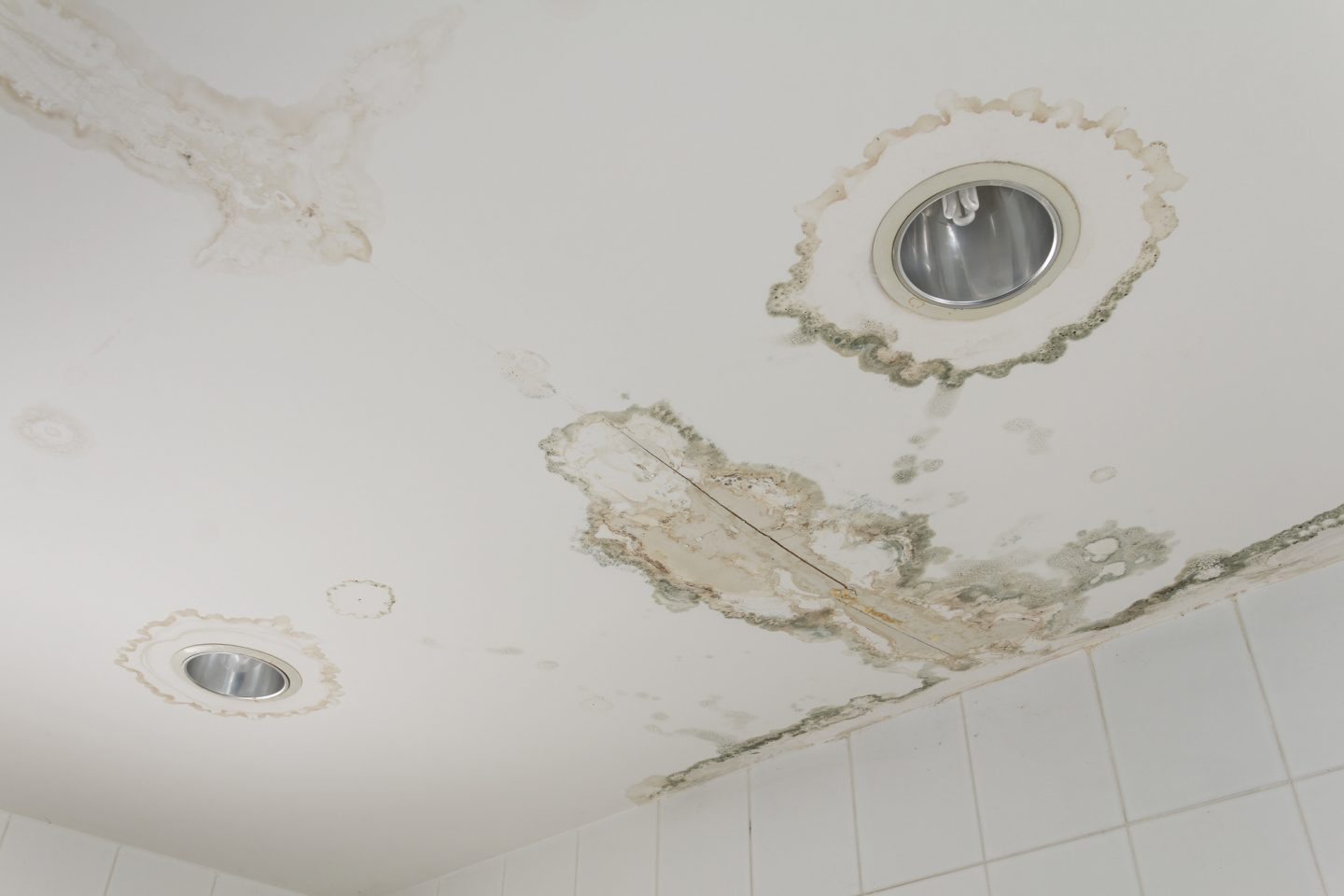
Water damage in hotels can be a huge headache. Whether it’s from a flood, a burst pipe, or a roof leak, it can cause significant harm to property and disrupt daily operations. The impact can be severe, leading to unhappy guests, costly repairs, and potential safety hazards. Knowing how to handle water damage quickly and correctly is key to minimizing its effects and getting back to normal operations.
First, it’s important to identify the cause and extent of the damage. This helps in planning the right course of action. Water damage can come from various sources such as heavy rain, plumbing failures, or even guest activities. Each source requires a different approach to fix. Assessing the extent of the damage also helps prioritize the areas that need immediate attention.
Once you identify the cause, immediate steps should be taken to mitigate further damage. Quick action can save time and money in the long run. This includes shutting off water sources, removing standing water, and moving furniture and other items to prevent them from getting ruined.
Effective water extraction and drying are crucial next steps. Using the right techniques and equipment ensures thorough drying and prevents mold growth. Lastly, taking preventive measures helps avoid future incidents. Regular inspections and maintenance can keep potential problems at bay, providing a safe and comfortable environment for guests.
Understanding these steps and acting swiftly can make a big difference in managing water damage in hotels efficiently.
Identifying the Causes and Extent of Water Damage
When water damage occurs, identifying the cause is crucial. Water damage can result from floods, storm leaks, broken pipes, or even appliance malfunctions. Knowing the cause helps you address the source and prevent further damage.
Start by inspecting the affected area. Look for visible signs like standing water, damp walls, or water stains on the ceiling. Check for musty odors or mold growth, as these can indicate hidden water damage. Determine which areas are most affected and whether the water has spread to other parts of your home.
Don’t forget to check hidden areas like under sinks, behind appliances, and inside closets. Water can travel and settle in unexpected places. A thorough inspection helps you understand the full extent of the damage and create a plan for addressing it.
Immediate Steps to Take When Water Damage Occurs
When you first discover water damage, taking immediate action is important to minimize further damage. Here are some steps you should take right away:
- Turn Off the Water Source: If the water damage is from a burst pipe or a leaking appliance, turn off the water supply immediately. This prevents more water from entering the damaged area.
- Ensure Safety: Before entering the water-damaged area, make sure it’s safe. Turn off electricity if there’s a risk of electrical hazards. Wear protective gear like gloves and boots to stay safe while handling wet materials.
- Remove Standing Water: Use a wet vacuum, buckets, or towels to remove as much standing water as possible. The faster you remove the water, the less damage it will cause.
- Move Items to a Dry Area: Quickly move furniture, electronics, and other valuables to a dry area. This helps prevent further damage to your belongings.
- Ventilate the Area: Open windows and doors to allow fresh air to circulate. Use fans and dehumidifiers to help dry out the space. Good ventilation can prevent mold growth.
By taking these immediate steps, you can reduce the damage and begin the cleanup process more effectively. Make sure to document the damage with photos for insurance purposes. This initial response is crucial for mitigating damage and setting the stage for a more thorough cleanup and restoration.
Effective Water Extraction and Drying Techniques
Once you’ve taken immediate steps, it’s time to focus on water extraction and drying. These techniques are crucial to prevent further damage and mold growth. Here’s how to do it effectively:
- Water Extraction: Use a wet vacuum to remove standing water from floors, carpets, and other surfaces. For larger areas, consider renting professional-grade equipment. If the water level is high, you might need submersible pumps to remove it quickly.
- Dry Out Remaining Moisture: After extracting the water, focus on drying out the area. Open windows and doors to let in fresh air. Use high-powered fans and dehumidifiers to speed up the drying process. Place fans strategically to ensure maximum airflow across wet surfaces.
- Drying Walls and Floors: For soaked drywall, you might need to remove the baseboards and drill small holes to allow air to circulate behind the walls. For wooden floors, use wood-friendly drying techniques to prevent warping or swelling.
- Use Desiccants: Desiccants, like silica gel, can help absorb moisture from hard-to-dry areas. Place them in small, confined spaces like closets or cabinets.
- Monitor Moisture Levels: Use a moisture meter to check levels in walls, floors, and other materials periodically. Ensure everything is completely dry before starting any repairs or mold treatments.
Following these techniques ensures that your home dries out effectively, minimizing the potential for mold growth and further damage.
Preventive Measures to Avoid Future Water Damage
Preventing water damage in the future is essential to protect your home. Here are some proactive steps you can take:
- Regular Inspections: Inspect your home regularly for leaks, especially after heavy rains or storms. Check your roof, gutters, and downspouts for any blockages or damage.
- Seal Cracks and Gaps: Seal any cracks or gaps in your home’s foundation, walls, and windows. Use waterproof sealant to prevent water from seeping in.
- Maintain Your Plumbing: Regularly inspect and maintain your plumbing system. Look for signs of leaks or corrosion. Replace old or damaged pipes promptly to avoid burst pipes and water damage.
- Install a Sump Pump: If your home is prone to flooding, consider installing a sump pump in your basement. A sump pump helps remove excess water and keeps your basement dry.
- Use Water Detection Devices: Install water detection devices in key areas like bathrooms, kitchens, and basements. These alarms alert you to leaks early, allowing you to take immediate action.
- Properly Grade Your Landscaping: Ensure your yard slopes away from your home to direct water flow. This prevents water from pooling around your home’s foundation.
- Clean Gutters and Downspouts: Keep your gutters and downspouts clean and clear of debris. Proper drainage prevents water from overflowing and causing damage to your roof and walls.
Taking these preventive measures helps you avoid the stress and cost of dealing with water damage in the future. It’s better to invest time and effort now to safeguard your home against potential water-related issues.
Conclusion
Dealing with water damage is no easy task, but knowing how to identify the causes and taking immediate steps can make a huge difference. Effective water extraction and drying techniques are crucial in minimizing damage and preventing mold growth. Remember, acting quickly and efficiently is key to salvaging your belongings and maintaining the integrity of your home.
Addressing water damage also involves thinking ahead. Implementing preventive measures will help you protect your home against future water issues. Regular inspections, proper maintenance, and timely repairs are important steps to ensure your home stays safe and dry.
If you find yourself overwhelmed by water damage, know that you’re not alone. Restoration Masters is here to help you restore your home and give you peace of mind. Contact us today for expert water damage restoration tailored to your specific needs. We’re dedicated to helping you recover and protect your home from future damage.





